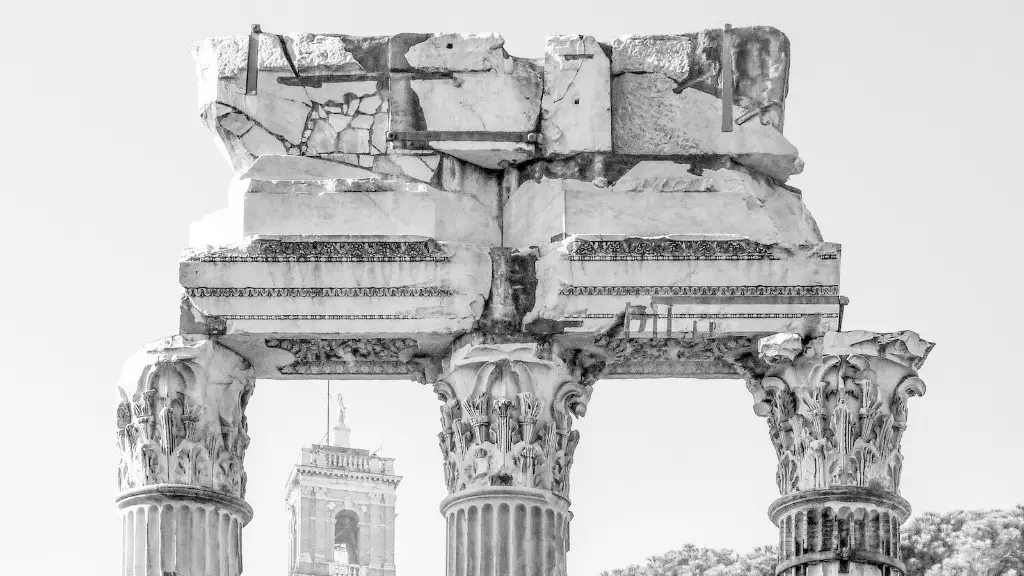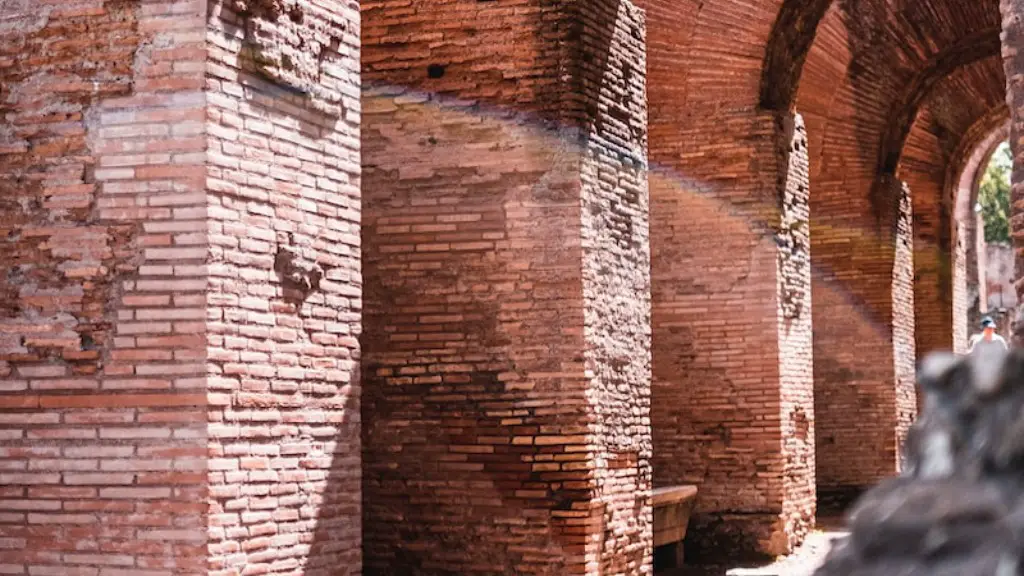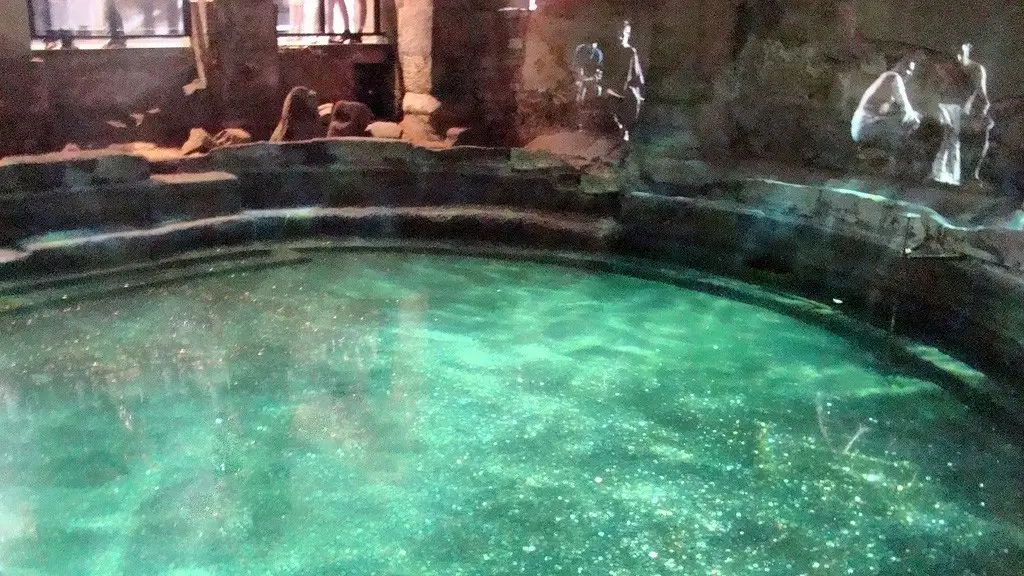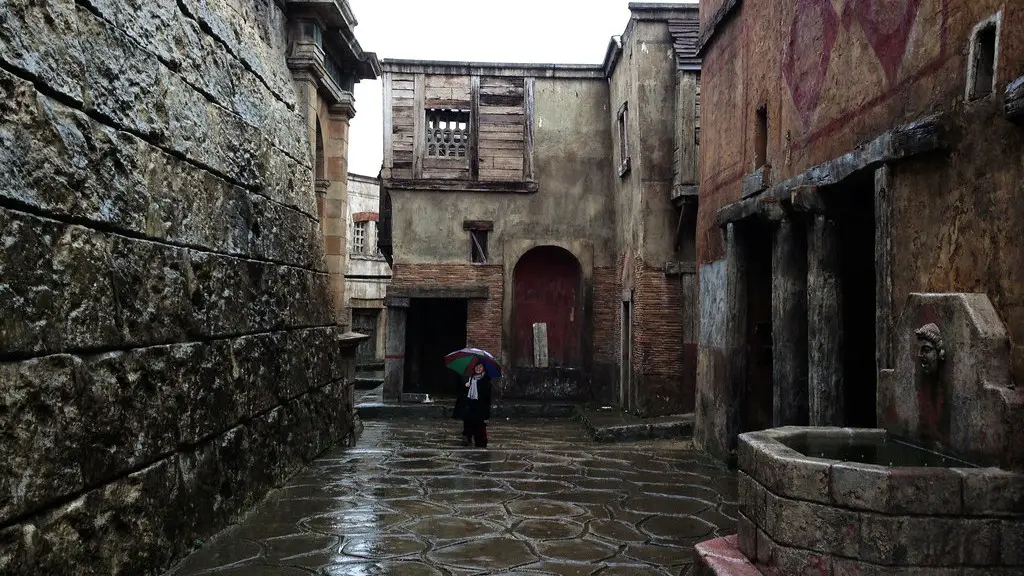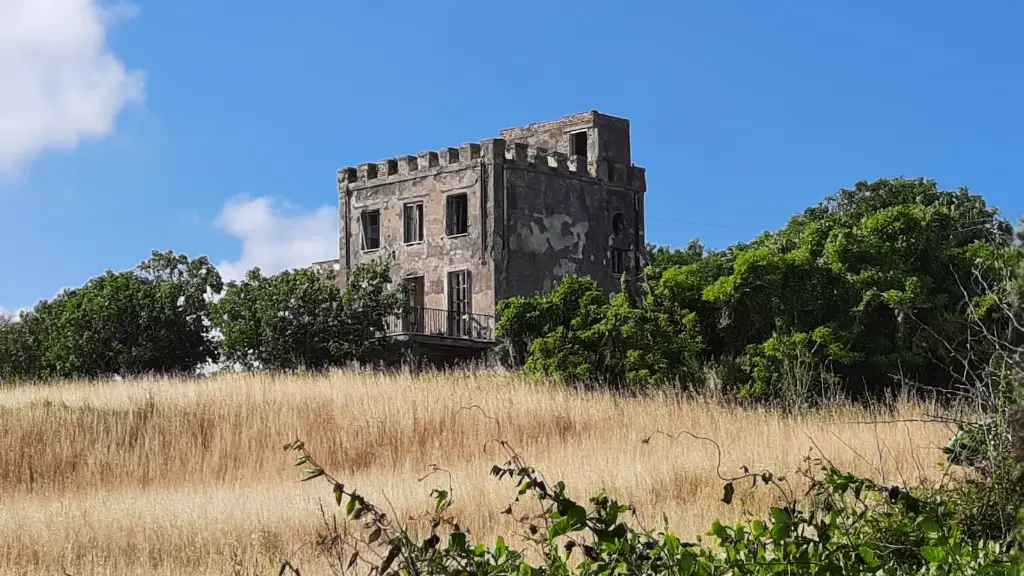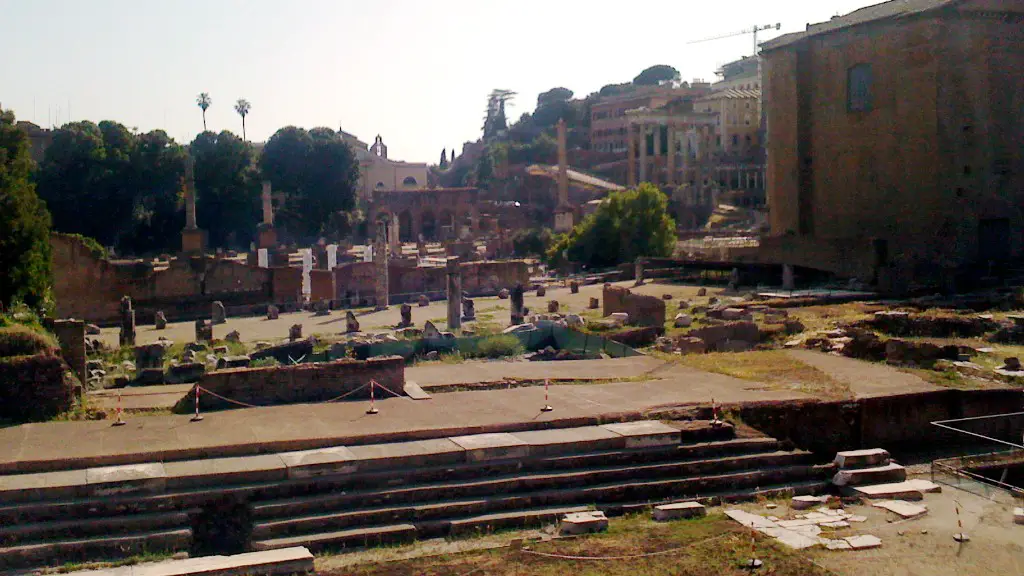Where Ancient Romans Lived
Uncovering the habitats and living conditions of Ancient Rome is no small task. The centrepoint of the Roman Empire thousands of years ago, the Roman Empire was incredibly vast with hundreds of cities and regions, cross continental trading routes, and nearly 54 million inhabitants. With contributions from international historians, archeologists, and scholars, we can finally get a better glimpse of the legacy of their lifestyle from the Global North to the Mediterranean Basin.
Although many of the Ancient Roman houses have been destroyed and pillaged, the wealthy elites living in the city center of Rome left behind numerous artifacts that hinted at the life of the upper class at this time. Ancient Roman villa-style houses had gardens, manicured roofs, marble sidewalks, and water fountains -all of which can still be seen in the ruins to this day. Greek architecture had also been greatly influential on Roman homes, and we can see the columns, arches, and intricate ceilings in the ancient villas which showed the prestige of these homes.
Archaeologists and historians have also shed light on the living conditions of the middle and lower classes, who made-up the majority of Ancient Rome’s population. With the exception of the wealthy, most homes were small and lacked facilities like plumbing and running water. Ancient Roman homes also lacked much privacy, with family members and tenants having to share bedrooms, bathrooms, and common areas – as many homes often held several families.
To protect themselves from the harsh European climates, Ancient Romans used artful strategies. Utilizing underground passageways and built-in illusions, the architecture of most Roman houses shielded their inhabitants from the wet winters and scorching hot summers. New insights have also informed us of the colonial influence in what was once the centre of the Roman Empire. Ancient Romans had colonies in the Global North and across parts of Europe and the Mediterranean, where they constructed villas, amphitheatres, and public parks.
Moreover, the farmland in the countryside was used by the rural populations in Ancient Rome, who cultivated vast areas of land to procure agricultural produce. This allowed them to feed the large populations living in the cities as well as giving them much-needed sustenance for their own families. These farms allowed Ancient Romans a sense of economic freedom, with many small parcels of land being owned by the same family for centuries.
Though the Ancient Roman Empire slowly declined, the remnants of this vibrant society remain to this day, from the ruins of their grand houses to the statues which pay homage to their gods. It is a testament to the foresight and meticulous planning of the people whose accomplishments remain renowned rulers of the Western world for thousands of years.
The Infrastructure of Ancient Rome
In addition to the beautiful homes and villas left behind by the Ancient Romans, the infrastructure of the Roman Empire was incredibly well planned, with intricate public spaces and roads used to facilitate trade and movement throughout the region. These roads, created by military engineers and improved over the years, were incredibly durable and could survive extreme weather conditions and were praised by their contemporaries for their practicality.
The Roman Coliseum was also a testament to their engineering prowess, standing almost unscatched for thousands of years due to its clever construction and intricate design. The Coliseum was used to house large public events, from chariot races and pageants to gladiator fights and political speeches. This was a symbol of the power of the Ancient Roman Empire, connecting the hearts and minds of the people with their leaders.
The forum was also a important space for Ancient Romans, being used for both religious and political affairs and all manner of oratory events. The original construction of the forum was very impressive, with the Temple of Julius Caesar, a giant marble sculpture, and towering columns dominating the area.
Some Ancient Roman ruins can still be seen today, from the remains of the Colosseum to the public parks and underground passageways. They represent a legacy of engineering and architectural genius, testament to the skill and determination of the Ancient Romans.
The Art of Ancient Rome
The world of Ancient Rome was known for its inventive art and sculptures, created with a mastery of the human figure and naturalistic representation. From marble statues of the gods and goddesses to grand monuments which stood as silent odes to their rulers, the art of this era is a symbol of its power. Sculptors were highly skilled and rivaled those of the ancient world, allowing a new appreciation for the beauty of the figure.
Ancient Rome’s mural artists were perhaps even more skilled, as many of their frescos and murals still remain today. This art form was used to decorate walls, palaces, and temples, from depictions of battles to grand sceneries and pastoral scenes. Not only did this provide a sense of beauty and inspiration, but it cemented the influence of Roman culture into their history.
The Ancient Romans were also great patrons of the arts, supporting some of the world’s greatest composers, songs, and writers. The annual exhibitions at the Coliseum showcased many of these artists, showcasing the importance of the arts in Ancient Rome. Italy’s contributions to music, theatre, and literature continue to this day, and this same admiration is seen in the works of Ancient Rome.
To this day, the Ancient Romans remain one of the most influential civilizations, remembered for their unique style of architecture and engineering, as well as their fresh take on the arts. The legacy of their accomplishment and vigor lives on in the ruins they left behind, and the gorgeous art they created.
The Religion of Ancient Rome
Given its decisive influence, religion was deeply entrenched in the culture of Ancient Rome. The main religion tended to be polytheistic, with worship devoted to a variety of gods and goddesses such as Jupiter, Mars and Venus. Public rituals and religious ceremonies were held to revere the gods, seeing their success in prosperity, agriculture, and political power.
The main religious sites of Ancient Rome were smartly located near important public and political areas. Not only did this pay reverence to their gods and secure the continued success of the city, it also resulted in a more unified and harmonious relationship between religion and the state. Temples and public squares were adorned with statues and monuments of the gods, creating a powerful image of faith and belief.
Moreover, Ancient Rome harbored intricate belief systems, each with their own unique place at the table. Local religions and customs were amalgamated into that of the Roman design, allowing for a diversity of opinion even if all cultural practices belonged to the same entity. This also created a society that was open to interpretation and creativity, without dealing too harshly with those who may have held a different set of beliefs.
The end of the Roman Empire saw a decline in the belief of the gods and goddesses, as Christianity began to take hold. Despite the decline in multiple viewpoint systems, the ancient Romans remain one of the most prolific civilizations in history and are remembered for their reverence of their gods and faith.
The Language of Ancient Rome
The Ancient Romans spoke a language called Latin, which was part of the Italic language group. Latin was primarily used as a lingua franca in all aspects of society, such as public spaces and literature. Interestingly, the Latin language had several dialects which were used by distinct populations of Ancient Rome, creating an even stronger sense of identity and unity.
Latin too served as a signaling mechanism in trade and governance, with laws and strategies often written in this language specifically to promote trust and transparency. Many of the concepts of the Latin language can still be seen to this day, as it is the basis for most Romance languages, including Italian and French.
Furthermore, the Latin language is still being studied by many people today for its complexity and relevance. Latin helps to explain the many nuances of language, politics and law, and it is crucial for those working with Ancient Roman artifacts and ruins. From Latin, the Ancient Romans developed a distinct and sophisticated dialect, which still fascinates scholars and historians alike.
The Legacy of Ancient Rome
The legacy of Ancient Rome lives on in the ruins, art, and literature they left behind. From the vast sculptures that remember their gods to the once thriving public infrastructure, everlasting monuments and ruins exist to this day to remind us of their power and legacy.
Thousands of years later, the accomplishments of the Ancient Romans still hold much relevance in the Western world. From their design for roads and architecture to the fashion, culture, and even language, much of their influence still remains.
The impact of the Ancient Roman Empire cannot be overstated. They fought for their voice on the world stage and built monuments which will stand for centuries to come as a symbol of excellence, reminding us of their ever-lasting legacy.
